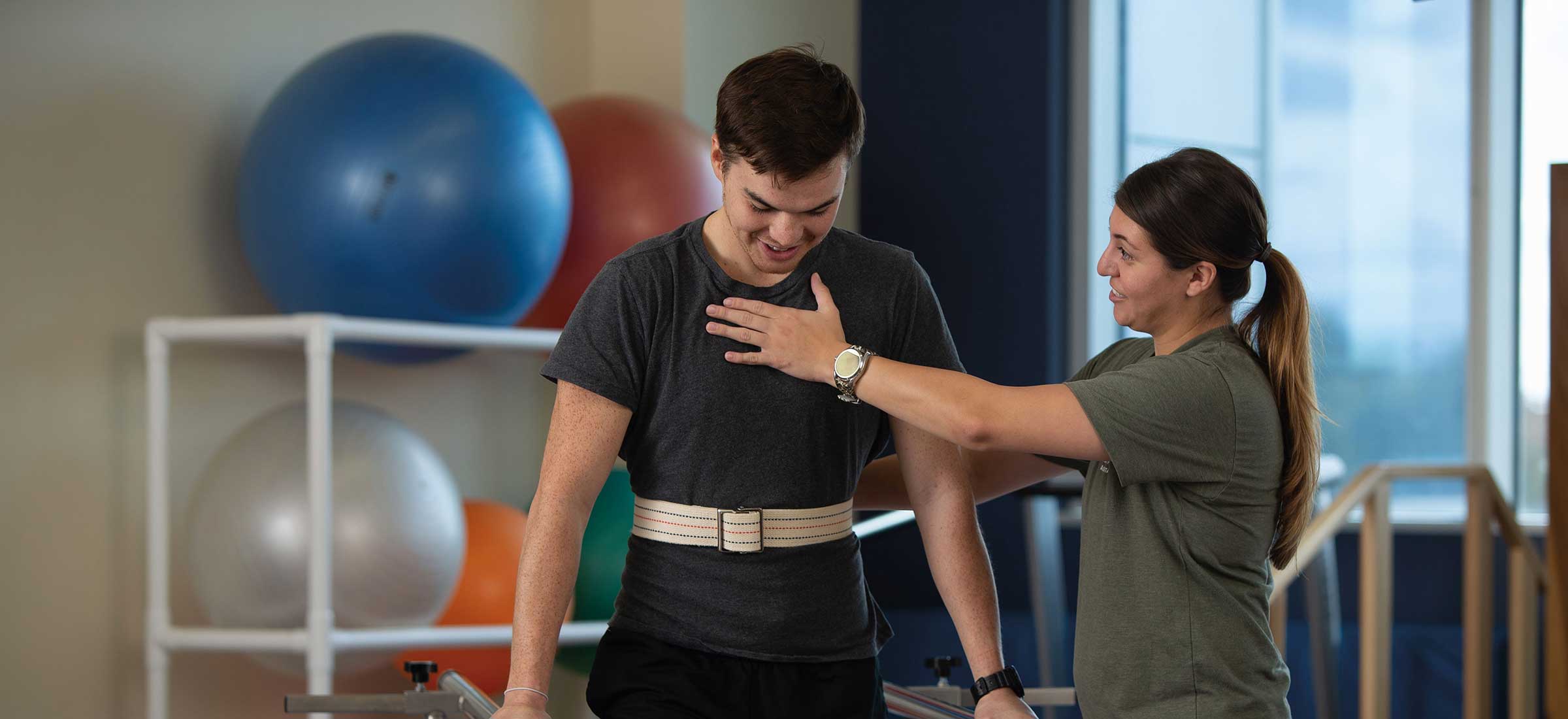Investigating the Synergistic Role of Physiotherapeutic Rehabilitation in Enhancing Discomfort Control Strategies
Wiki Article

Physiological rehabilitation serves a critical role in treating pain for many patients. Pain can occur from various issues, such as injuries, operations, or chronic conditions. While medications are frequently used to alleviate pain, they may not consistently be the best option due to potential side reactions or dependency concerns. This is where physical rehabilitation comes in as a supportive approach. By focusing on movement, power, and flexibility, physiological therapists help patients recover function and diminish pain through specific exercises and methods.
One of the primary methods physiological therapists use is workout therapy. This includes specific workouts designed to strengthen muscle groups, improve range of motion, and enhance overall physical performance. For example, a client recovering from leg surgery may engage in exercises that progressively boost their scope of motion and power. These exercises not only help in reducing discomfort but also prevent subsequent injuries by encouraging better movement habits. Additionally, physical rehabilitation specialists frequently tailor workout regimens to meet the personal requirements of each patient, guaranteeing that they obtain the most efficient care possible.
Another crucial aspect of physical rehabilitation is hands-on treatment. This physical approach includes techniques such as massage, joint movement, and adjustment. Hands-on treatment can help relieve muscle tightness, enhance blood flow, and reduce pain. For instance, a therapist may use massage methods to reduce tension in the spine, which can lead to substantial pain relief. By addressing the root problems leading to physical therapy for stroke recovery pain, manual therapy can enhance the overall efficacy of discomfort control strategies.
Education is also a vital aspect of physiological rehabilitation. Physical therapists take the time to inform clients about their issues and the importance of keeping an active lifestyle. Comprehending the causes of pain and the advantages of bodily exercise can empower patients to take control of their well-being. Specialists often provide guidance on correct physical movements and posture, which can help avert pain from reoccurring. This informative aspect fosters a collaborative partnership between the specialist and the patient, leading to improved results in pain management.
In summary, physiological rehabilitation serves as a important tool in improving discomfort management strategies. By integrating workout therapy, manual methods, and client education, physical rehabilitation specialists tackle pain from various perspectives. This holistic approach not only helps alleviate current discomfort but also prepares clients with the understanding and tools to manage their well-being in the extended term. As an increasing number of people look for alternatives to drugs for discomfort relief, the importance of physiological therapy will continue to grow in importance, providing hope and improved standard of life for many.